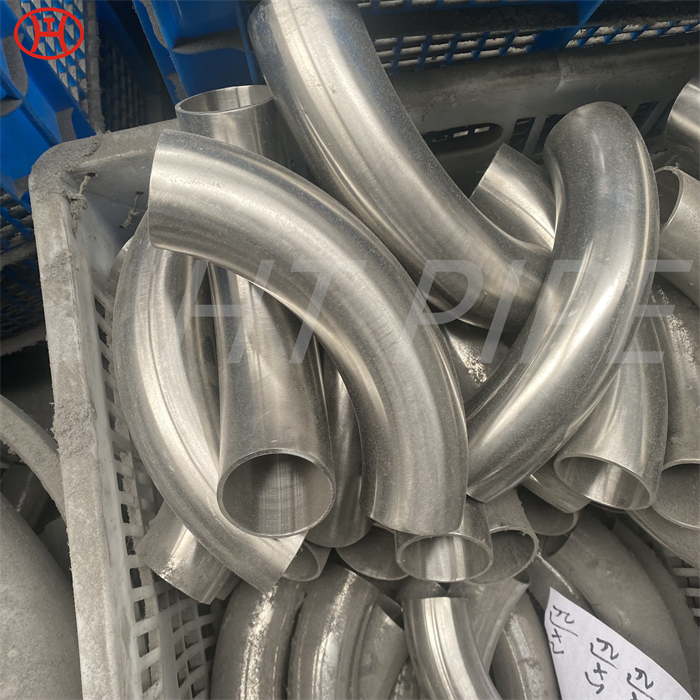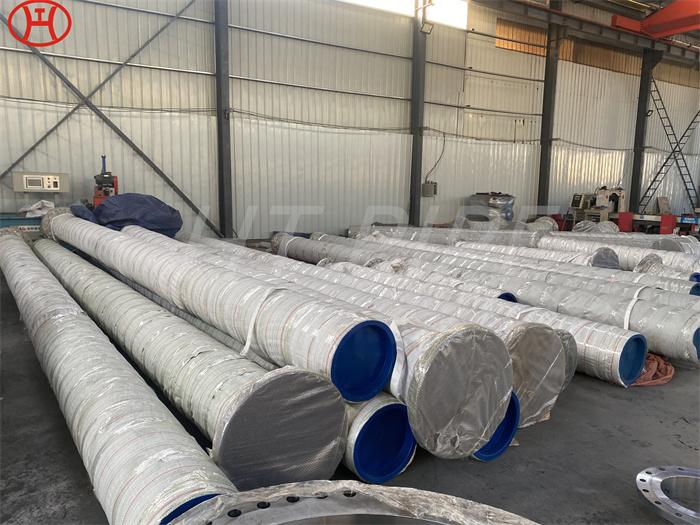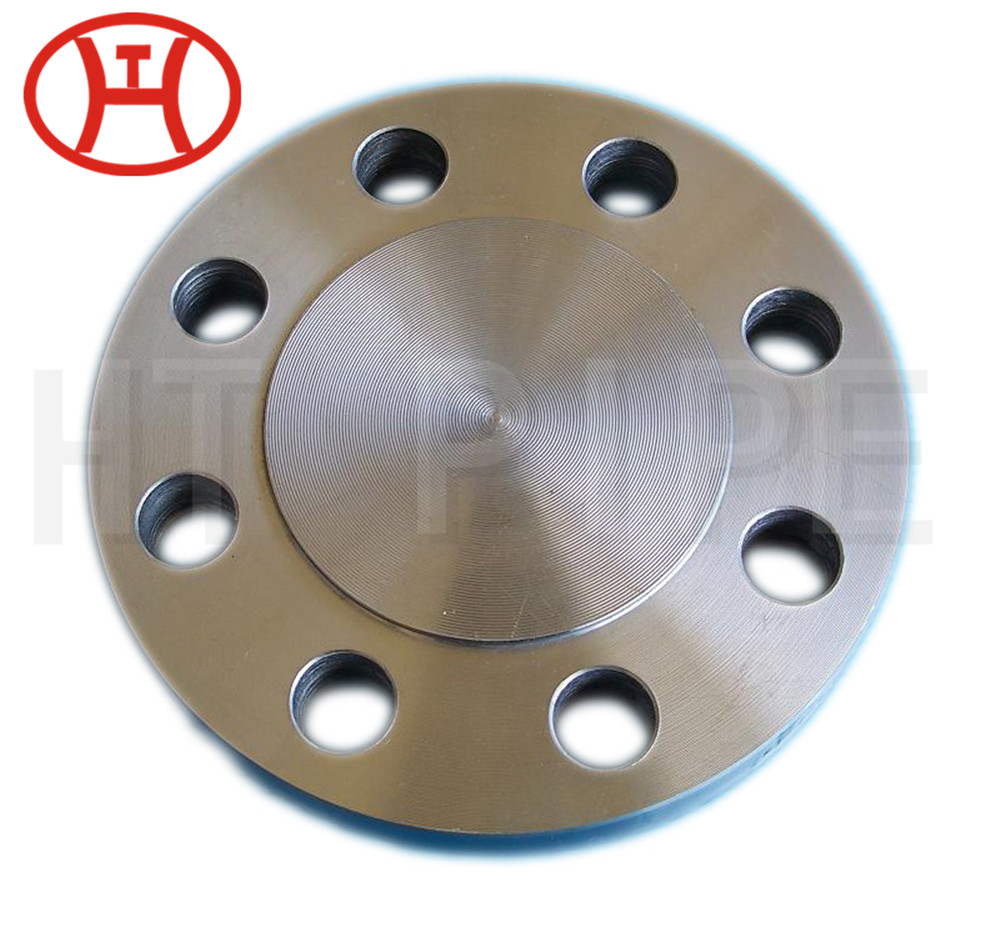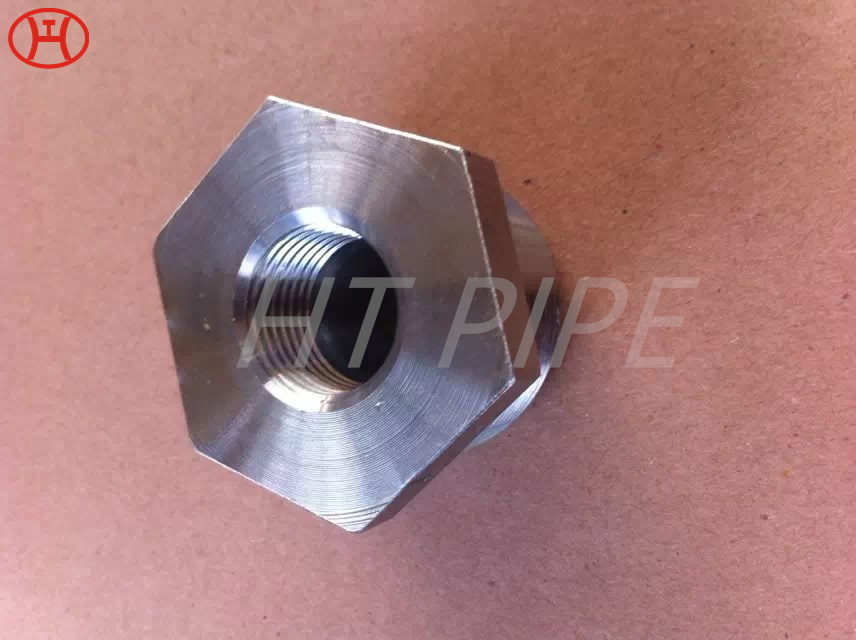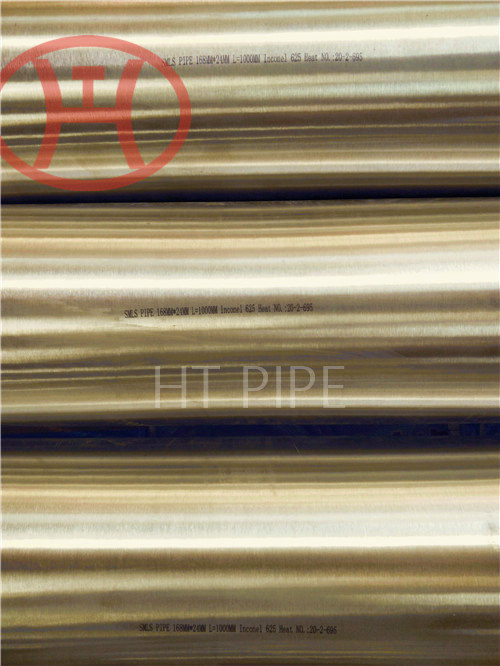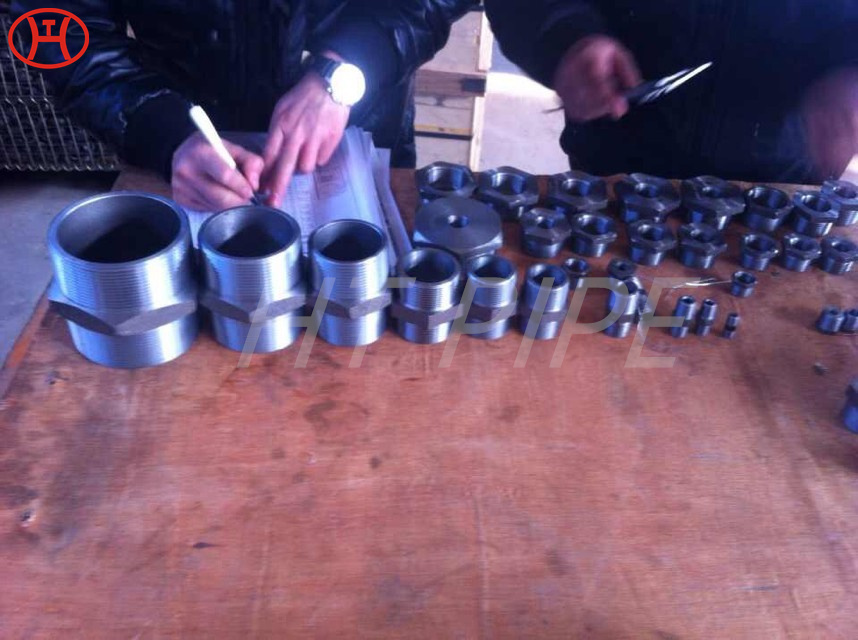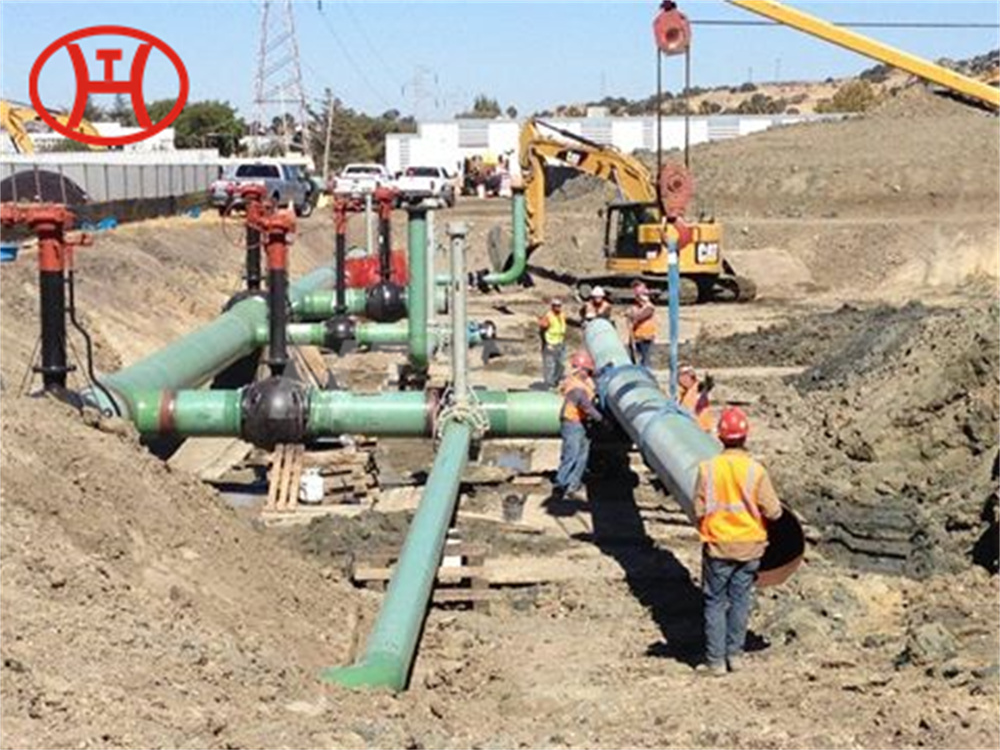Hastelloy B2 pipe bend offers good resistance to chloride ion
Hastelloy B2 is a nickel-molybdenum alloy with significant resistance to reducing environments, such as hydrogen chloride gas and sulfuric, acetic and phosphoric acids.
Hastelloy B-2 is a nickel-base wrought alloy with excellent resistance to hydrochloric acid at all concentrations and temperatures. Therefore, it has great resistance to stress-corrosion cracking and pitting. Hastelloy B-2 pipe bend also features hydrochloric acid resistance at all concentrations and temperatures. The extremely low carbon and silicon content of Alloy B2 reduces precipitation of carbides and other phases in the heat-affected zone of welds and ensures adequate corrosion resistance even in the welded condition. Alloy B2 pipe bend exhibits excellent corrosion resistance in aggressive reducing media such as hydrochloric acid in a wide range of temperatures and concentrations, as well as in medium-concentrated sulphuric acid even with limited chloride contamination. It can also be used in acetic and phosphoric acids. Optimum corrosion resistance can be obtained only if the material is in the correct metallurgical condition and exibits a clean structure.









































































































